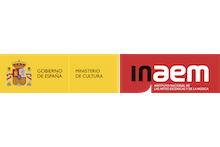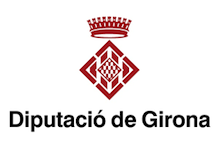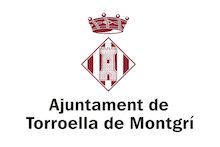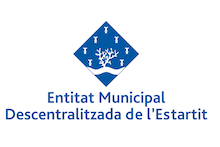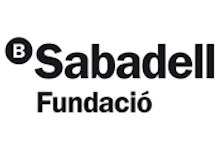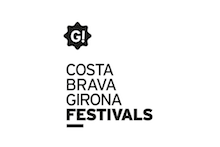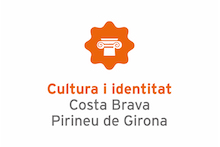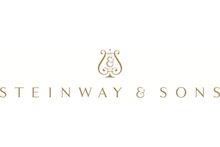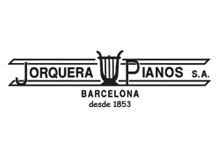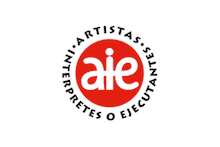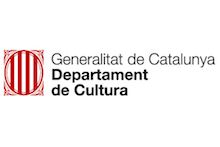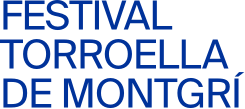CHRISTOPHE COIN & PÉRGAMO ENSEMBLE
Le violoncelle spirituel
Christophe Coin, Baroque cello | Guillermo Turina, Baroque cello | Eva del Campo, harpsichord
PROGRAMME
Le violoncelle spirituel
Francesco Alborea, “Francischello”: Sonata for cello and basso continuo in C major, Op. 2 no. 6 / Jean-Baptiste Barrière: Sonata for cello and basso continuo in C minor, Op. 2 no. 6 / Martin Berteau: Sonata for cello and basso continuo in D major, Op. 1 no. 1 / Antonio Vivaldi: Sonata for cello and basso continuo in A minor, RV 43-3 / Élisabeth Jacquet de La Guerre: Suite in A minor for harpsichord / Jean-Louis Duport: Duo for two cellos in G major, Op. 1 no. 3 / Jean-Pierre Duport: Sonata for cello and basso continuo in E minor, Op. 4 no. 2
The first cellos were made in Italy and the first school for cellists was also created in Italy. This school transformed the concept of music throughout Europe, and particularly in France. The Neapolitan Francesco Alborea was one of the pioneers who explored the solo repertoire for cello and had a strong influence on some of his contemporaries in the early 18th century. Some French viola da gamba players, such as Jean-Baptiste Barrière and Martin Berteau, who travelled to Italy to further their studies, listened to Alborea and were so impressed that they decided to stop playing the viola da gamba and dedicated the rest of their lives to the cello. With their pupils in Paris, they created the first great French school, among whom the brothers Jean-Pierre and Jean-Louis Duport stand out in particular. With the Pérgamo Ensemble, the French cellist Christophe Coin explores some of the early works written in the first half of the 18th century for this new instrument, the cello.
Joventuts Musicals de Torroella de Montgrí
Convent dels Agustins. Apartat de correus 70
17257 Torroella de Montgrí (Girona)
Tel. +34 972 760 605







